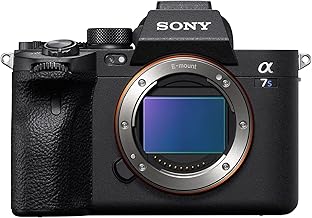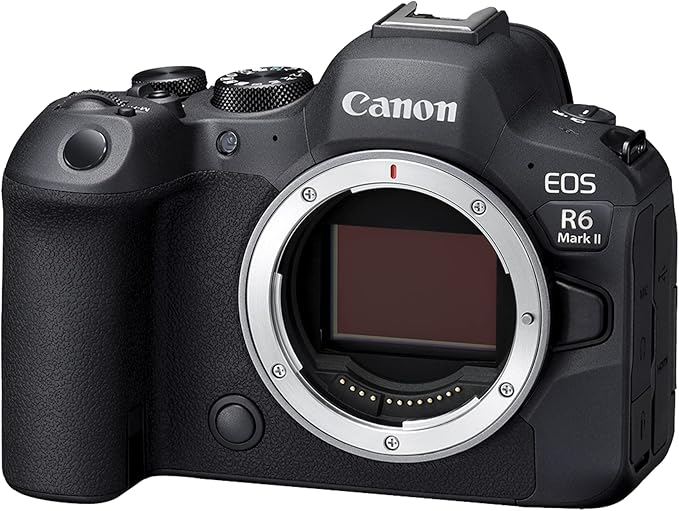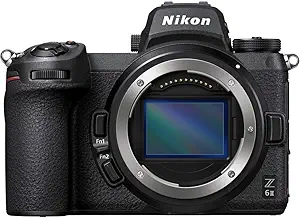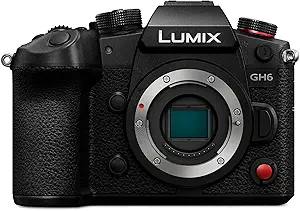Low-light photography is an art form. Capturing the glow of a city skyline, the magic of a starry night, or the warmth of a candlelit dinner requires a camera that can thrive in the shadows. I’ve always loved experimenting with low-light photography—it’s where creativity meets technical precision.
In this guide, we’ll dive into the best cameras for low-light photography, explore the features that matter most, and share tips to make your photos shine, even in the darkest conditions. I’ll also sprinkle in some personal experiences to inspire your nighttime adventures.
Why Low-Light Photography?
There’s something magical about shooting in low light. The mood, the contrast, the soft glow of artificial or natural light—it all creates a vibe that daylight shots simply can’t match. But low-light photography can be tricky. Without the right camera, you might end up with grainy, blurry, or dark images.
My journey into low-light photography started with a desire to capture stunning cityscapes at night. My first attempts were…let’s say, “learning experiences.” But with the right camera and some practice, I began to master the art of shooting in challenging light conditions.
Features to Look for in a Low-Light Camera
When shopping for a camera that excels in low-light conditions, these are the key features to consider:
1. Sensor Size
A larger sensor can capture more light, resulting in better low-light performance. Full-frame sensors are the gold standard, but APS-C and Micro Four Thirds sensors can also deliver excellent results.
- Personal Tip: My first low-light camera was an APS-C model, and while it worked well, upgrading to a full-frame sensor truly transformed my nighttime shots.
2. ISO Range
A high ISO range allows your camera to capture more light in dark environments. Look for cameras that can handle ISO 6400 or higher without introducing excessive noise.
3. Wide Aperture Lenses
Pair your camera with a lens that has a wide aperture (like f/1.8 or f/1.4). This lets in more light and creates beautiful bokeh.
4. Stabilization
Built-in image stabilization (IBIS) or lens-based stabilization helps reduce camera shake during handheld shots, especially in low light.
5. Low-Light Autofocus
A camera with reliable autofocus in dim conditions ensures you’ll capture sharp images even when light is scarce.
Best Cameras for Low-Light Photography
1. Sony A7S III
- Sensor: Full-frame (12 MP)
- ISO Range: 80–102,400 (expandable to 409,600)
- Why It’s Great: Known as the king of low-light cameras, the Sony A7S III delivers exceptional performance in near-darkness. Its lower megapixel count ensures larger pixels for better light sensitivity. I used this camera for astrophotography, and the results were breathtaking—sharp stars and minimal noise.

2. Canon EOS R6
- Sensor: Full-frame (20 MP)
- ISO Range: 100–102,400
- Why It’s Great: With its Dual Pixel autofocus and in-body stabilization, the EOS R6 excels in low-light settings. I’ve shot moody street scenes with this camera, and its ability to lock focus quickly was a game-changer.

3. Nikon Z6 II
- Sensor: Full-frame (24.5 MP)
- ISO Range: 100–51,200 (expandable to 204,800)
- Why It’s Great: A versatile all-rounder, the Nikon Z6 II combines excellent low-light capabilities with a user-friendly interface. It’s perfect for nighttime portraits and landscapes.

4. Fujifilm X-T5
- Sensor: APS-C (40 MP)
- ISO Range: 160–12,800 (expandable to 51,200)
- Why It’s Great: Fujifilm’s retro styling meets advanced performance in the X-T5. The low-light autofocus is impressive, and the film simulation modes add a creative touch. I’ve used this camera for moody indoor shots with natural light, and the results were stunning.

5. Panasonic Lumix GH6
- Sensor: Micro Four Thirds (25 MP)
- ISO Range: 100–25,600
- Why It’s Great: Compact and budget-friendly, the GH6 performs surprisingly well in low light, thanks to its advanced image processing. It’s an excellent choice for video and stills alike.

Tips for Shooting in Low Light
Even with the best camera, low-light photography requires some know-how. Here are my tried-and-true tips for capturing stunning images in dim conditions:
1. Use a Tripod
When shooting in low light, a tripod is your best friend. It allows for longer exposure times without camera shake, resulting in sharp images.
- Example: On a trip to Iceland, I captured the Northern Lights using a 10-second exposure. A tripod made all the difference.
2. Master Manual Settings
Switch to manual mode to control your shutter speed, aperture, and ISO. Keep ISO low to reduce noise and compensate with a wider aperture or slower shutter speed.
3. Shoot in RAW
RAW files retain more detail and allow for greater flexibility in post-processing. This is especially useful for recovering shadows and highlights in low-light shots.
4. Use Available Light Creatively
Look for interesting light sources like street lamps, candles, or neon signs to add depth and mood to your photos.
5. Experiment with Long Exposures
Long exposure photography creates stunning effects, like light trails or silky water. Just make sure to stabilize your camera.
Personal Favorite Low-Light Photography Moments
One of my favorite low-light shoots was at a local carnival. The vibrant colors of the rides and lights created a magical atmosphere. Using my Sony A7S III, I captured long-exposure shots of the Ferris wheel, creating mesmerizing light trails. Another memorable experience was photographing a quiet, candlelit dinner scene with my Canon EOS R6. The warmth and intimacy of the moment came through beautifully.
Editing Low-Light Photos
Post-processing is essential for making your low-light shots stand out. Here’s my workflow:
- Reduce Noise: Use software like Lightroom or Photoshop to minimize grain.
- Adjust Exposure: Bring out shadow details without overexposing highlights.
- Enhance Colors: Add vibrancy to muted tones while keeping the mood natural.
- Sharpen Details: Make sure your subject stands out with crisp details.
- Play with Contrast: Adjust contrast and clarity to add depth and drama.
Final Thoughts
Low-light photography is both challenging and rewarding. With the right camera and a little practice, you can capture stunning images that tell a story. Whether it’s a quiet city street, a glowing campfire, or a sprawling night sky, the beauty of low-light scenes is waiting for you to explore.
So grab your gear, head out after sunset, and let your creativity shine in the dark!
As an Amazon Associate, I earn a commission for qualified purchases.
Learn more on my Privacy Policy page.
